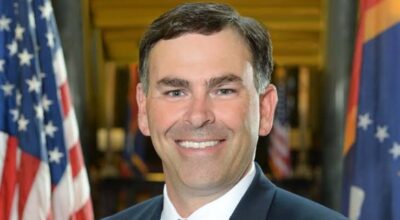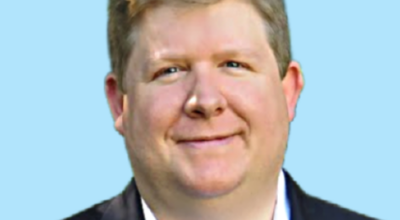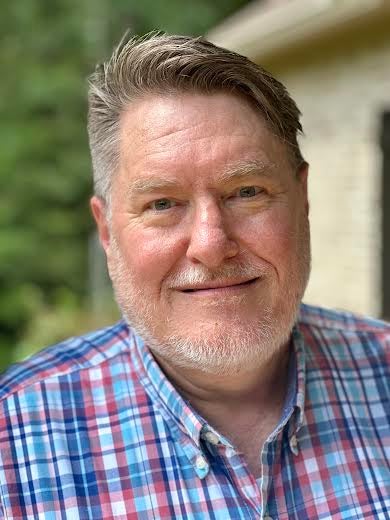Beatles’ 1962 Liverpool performances failed to impress local seaman 2/14/2014
Published 12:00 am Friday, February 14, 2014
By John Nelson
You know that you’re getting along in years when 50th anniversaries celebrate events that you remember well. I had such thoughts recently during all the talk about the “British Invasion” of 50 years ago when the Beatles landed in New York.
As a cadet at the U.S. Merchant Marine Academy on Long Island, I was at ground zero for this invasion. And I can say that the young folks had been well prepared for the arrival of the group by a colorful character named Murray Kaufman.
Murray had had some limited success in show business, but he found his real niche as a deejay on WINS-AM, a radio station very popular with the young. Billing himself as “Murray the K,” he hosted a show called the “Swinging Soiree” (pronounced swaray). He was in the vanguard of the new breed of zany deejays that were then taking over the airways.
But before continuing this part of the story, I need to go back to late 1962 when I was spending some time at sea as part of my cadet training. A voyage on a freighter out of New Orleans had landed me in Bootle, a district of Liverpool along the Mersey River where the ships docked. We had cargo to discharge and load at other ports on that voyage, but the bulk of our operations were in Liverpool, and we got about ten days there.
The docks of 50 years ago were exciting places as cargo in all shapes and sizes arrived and departed via truck and rail. Ship’s booms were used to load and discharge cargo that was muscled around as required by stevedores. It was the slowness of this operation that gave us so much time in port. All of this was changed within a few years by the advent of the less romantic but more highly efficient method of containerization.
During my noon break, I would sometimes make my way through all this activity to have lunch at a popular pub called the Bootle Arms. Some pretty unique characters hung around that place, and one of them was a young stevedore, or docker as the Brits called them, named Ian.
Ian was one of those young men who considered his day job a necessary burden to support his role as man-about-town in the evening. Possibly because of my southern accent, Ian took a liking to me and decided to show me the Liverpool night scene.
Evenings with him ranged from the proper, but boring, American Bar at the Adelphi Hotel — where we went only because Ian knew one of the cocktail waitresses — to his favorite place called the Cavern Club where the Beatles performed.
By late ‘62, the Beatles had become a big deal in the U.K., and their fans had made the drab Cavern Club — actually just a cellar beneath a building of several stories — one of the most popular night spots in the country. It was a sign of Ian’s connections that on the two occasions I went there with him he could get us past a waiting line to gain relatively quick entry.
The group I saw there had been through several evolutions but was in its final form as Ringo Star had already replaced the former drummer. They had developed a relaxed, laid-back relationship with their fans, and their performance was something of a variety show. There were impersonations and a lot of comedy.
At times when the crowd around me was roaring with laughter, Ian would lean over and shout in my ear that you had to be from Liverpool to get that one.
He was keen on getting my opinion of the Beatles. Frankly I was not that impressed. I told him that I most enjoyed their renditions of American rock & roll hits, but that I thought these classics had been much better delivered by the original artists. I probably hurt his feelings a little when I told him that they could never make it big in the U.S.
Now returning to February of 1964: Murray the K, and other deejays on the New York scene, had primed the young for the Beatles’ arrival. I thought the excitement was more contrived than real, but none the less, excitement was in the air. Crowds of teens were waiting to greet them at the airport that had just been renamed JFK. Perhaps the recent assassination of an American president had made the country ready for some light diversion.
Murray had never met the Beatles, but he was something of a rock & roll impresario, and he knew other performers who had met the Beatles while touring the U.K. It seems he used these mutual acquaintances to weasel his way into their party. On the Beatles’ first night in New York, he practically commandeered their suite at the Plaza Hotel to broadcast his Swinging Soiree from there.
By this time, I was a second classmen (junior), but our radio privileges were still limited. However, the coming of the transistor radio had made it easier to avoid detection. They were by then small enough to be hidden by an open book.
With the volume way down, watch officers patrolling the halls and glancing through doors that had to remain open until “lights out” would witness scenes of diligent study. I couldn’t understand what all the fuss was about, but I listened anyway.
It was undoubtedly the impresario in Murray that allowed him to recognize talent. He accompanied the Beatles to Washington for a concert and later claimed to have been backstage during their appearance on the Ed Sullivan Show. One of the four dubbed him the “Fifth Beatle.” He got a lot of millage out of that title. For a time, old Murray was in his glory.
By the time I graduated in 1965, WINS had gone to an all-news format. Murray moved on, and so did I. President Johnson’s escalation of the Indochina conflict had put every available ship on the Viet Nam sealift, and I was spending most of my time in the Far East where Beatle tunes could be heard from Pusan to Saigon.
The Beatles had made it big in the U.S. and everywhere else. I decided that if some future voyage took me back to Liverpool, I would make myself scarce at the Bootle Arms.
(Johnny Nelson is a 1961 graduate of Batesville High School, a 1965 graduate of the U. S. Merchant Marine Academy, and now a retired seaman whose columns occasionally appear on these pages.”




